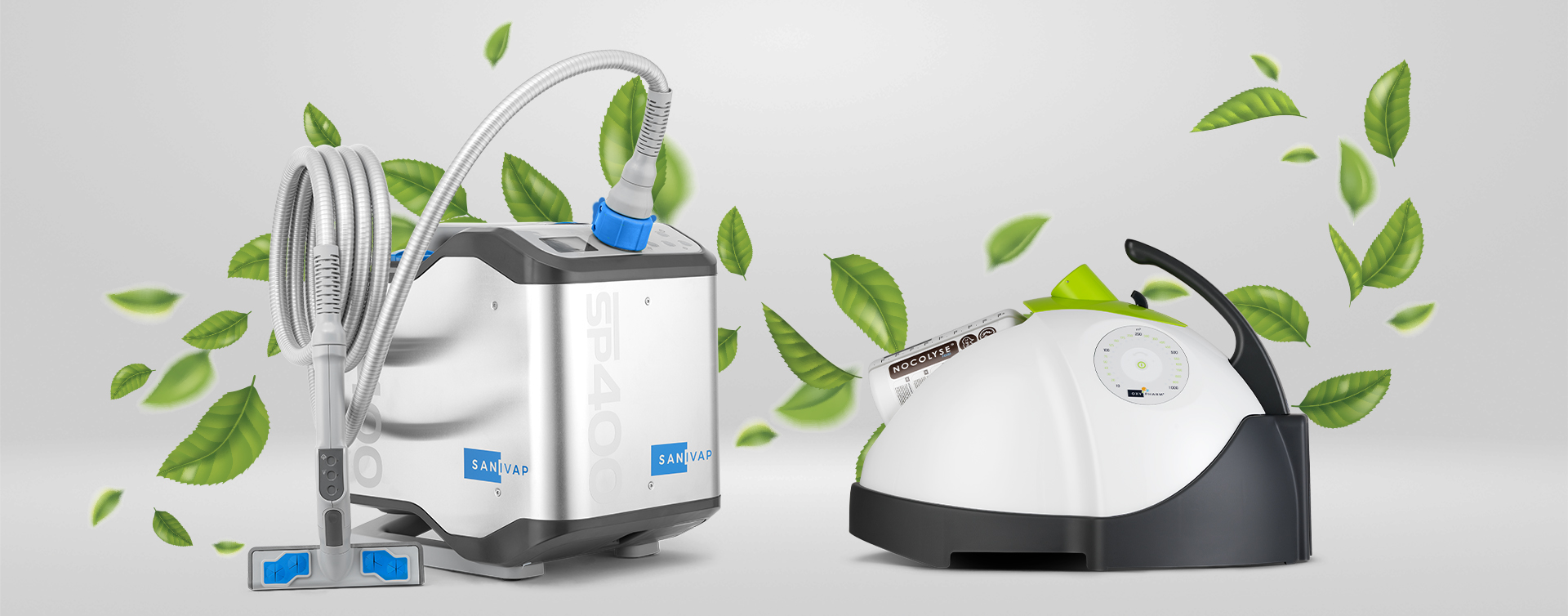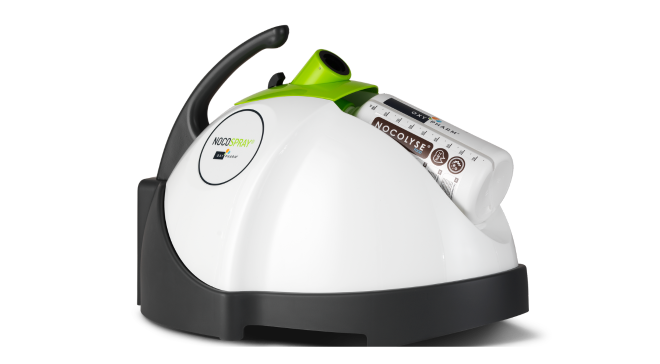
According to an AFNOR study, 53% of companies that monitor non-quality costs (NCQ) estimate that they represent between 1% and 5% of total turnover. For 34% of businesses surveyed, these costs amount to more than 5% or even more than 10%, which represents a significant margin for improvement in profitability.
Non-quality costs are a parameter that companies cannot afford to ignore because of their impact on overall financial health and performance. The subject is particularly sensitive in the agri-food sector, which also has to deal with public health and environmental risks.
The biggest question is: How can you improve performance by investing in quality initiatives?
The transition from bio-cleaning to eco-cleaning is proving to be a strategic choice for companies looking to combing economic and environmental sustainability.
Find out how and why Oxy’Pharm can support you in this comprehensive approach to consistent improvement with Sanivap and Nocotech – innovative eco-cleaning solutions that have already proven their effectiveness.
Microbiological risk prevention: a growth vector in the agri-food business
NON-QUALITY: A COMPETITIVE CHALLENGE
Non-quality costs, when considered as a management indicator, are a way to identify weaknesses, flaws and areas for improvement in the company’s internal processes. The ability to measure and control these costs then becomes a competitive edge. In fact, every non-compliance, contamination or production loss provides an opportunity to define what corrective or preventive action should be taken, along with the related costs, risks and returns on investment (ROI). This methodical, proactive approach therefore makes perfect sense when it comes to balancing the costs of non-quality and investment in quality, as part of an overall approach to ongoing improvement in the company’s performance.
Microbiological risk management in the agri-food sector : an opportunity to optimise profitability
Microbiological contamination is one of the main sources of non-compliance in the agri-food sector.
Managing microbiological risks should no longer be seen merely as a regulatory obligation or an additional cost for the company, but as a genuine vector for boosting performance and growth. It can be seen as a profitable investment based on a complete analysis of the costs involved in achieving quality. Each error, each loss of time, and each anomaly can then be converted into margins for increased profitability. What’s more, each correction strengthens the company’s position in the market.
Eco-cleaning : a strategic, ethical choice for your company
In a context defined by high expectations for sustainability and social responsibility, choosing eco-cleaning appears to be a pragmatic decision. But how is eco-cleaning different from bio-cleaning ?
Bio-cleaning and eco-cleaning : what’s the difference ?
Bio-cleaning consists of a combined action using a detergent and a disinfectant. Industry players look to introduce the most effective solutions to guarantee a high level of hygiene, but also those that are the most economically – and ecologically – advantageous.
Eco-cleaning is a more holistic approach that integrates the company’s corporate social and environmental responsibility (CSER) objectives. This method aims to combine operational efficiency, public health safety, protection of human health and a reduced ecological footprint.
What criteria should be considered when choosing a cleaning and disinfection method ?
Rolling out a hygiene system within a company is a much more strategic choice than it might initially appear.
The choice of cleaning and disinfection methods is not solely driven by efficiency and cost. It must also be part of the company’s overall policy, in line with the quality charter, management objectives and, increasingly, CSER goals. The decision-maker will then consider various parameters, including the ergonomics of the method, exposure to occupational risks for employees, toxicology criteria for the products used and the environmental impact of the method.
Adopting eco-cleaning therefore becomes a strategic and ethical choice that supports performance objectives while promoting corporate responsibility.
Oxy’Pharm makes eco-cleaning possible

Oxy’Pharm, Sanivap and Nocotech solutions provide disinfection without harmful chemicals and with low water consumption. They are particularly well suited to the needs of hygiene professionals committed to adopting a dual ecological and economical approach.
Sanivap, a high-performance, eco-responsible system for the food industry
The Sanivap steam method is a comprehensive cleaning and disinfection solution with a number of advantages :
● Validated and standardised efficacy across a broad microbiological spectrum.
● The versatility of steam means it can be used to treat all types of surfaces suitable for steam bio-cleaning.
● The absence of chemical products avoids any toxicological profile.
● No risk of residual product on cleaned surfaces.
● Significant water savings as the method requires no dilution and no rinsing.
● An absence of discharge or diffusion into the surrounding environment.
The advantages of bio-steam cleaning mean that there is a paradigm shift away from traditional methods, while providing a response to some highly topical issues.
Nocotech, a biodegradable disinfection method that respects people and the environment
Nocotech is a sustainable aerial surface disinfection (ASD) solution offering the following advantages:
● A fully automated and therefore repeatable method.
● Avoids contact with biocidal products
● A broad, homogeneous spectrum : this diffusion technology is effective against viruses, bacteria, yeasts, fungi and spores. Sporicidal technology can prove invaluable, particularly for all industries that handle powdered products.
● The absence of dilution and rinsing is a positive resource management parameter.
● The use of hydrogen peroxide, which naturally breaks down into water and oxygen, ensures an absence of residues.
The Nocotech solution reduces microbiological risks while protecting people (both company staff and end consumers).
Microbiological risk management is a key factor in the agri-food industry. The move from bio-cleaning to eco-cleaning with Oxy’Pharm solutions represents strategic progress for the food industry. The two methods, Sanivap and Nocotech, have proven their effectiveness, fit perfectly with CSER approaches and offer rapid ROI thanks to the reduction in consumables and non-quality costs.